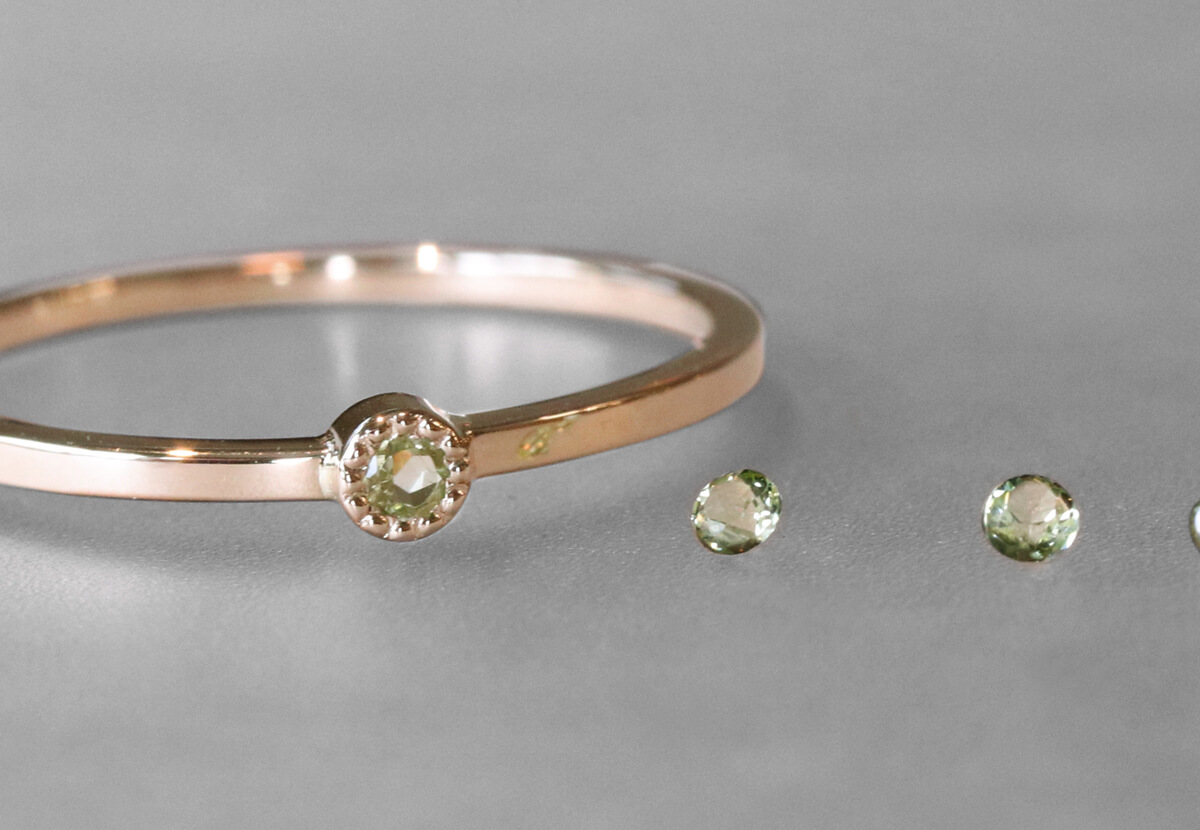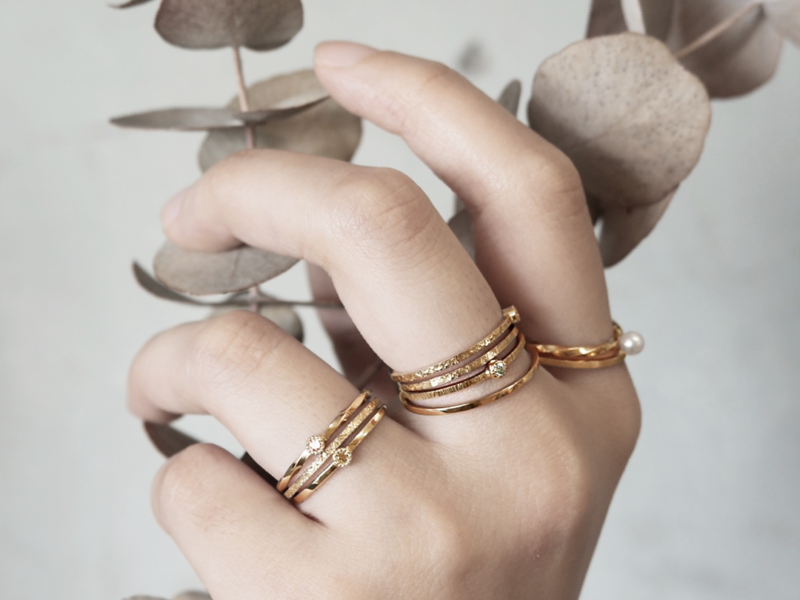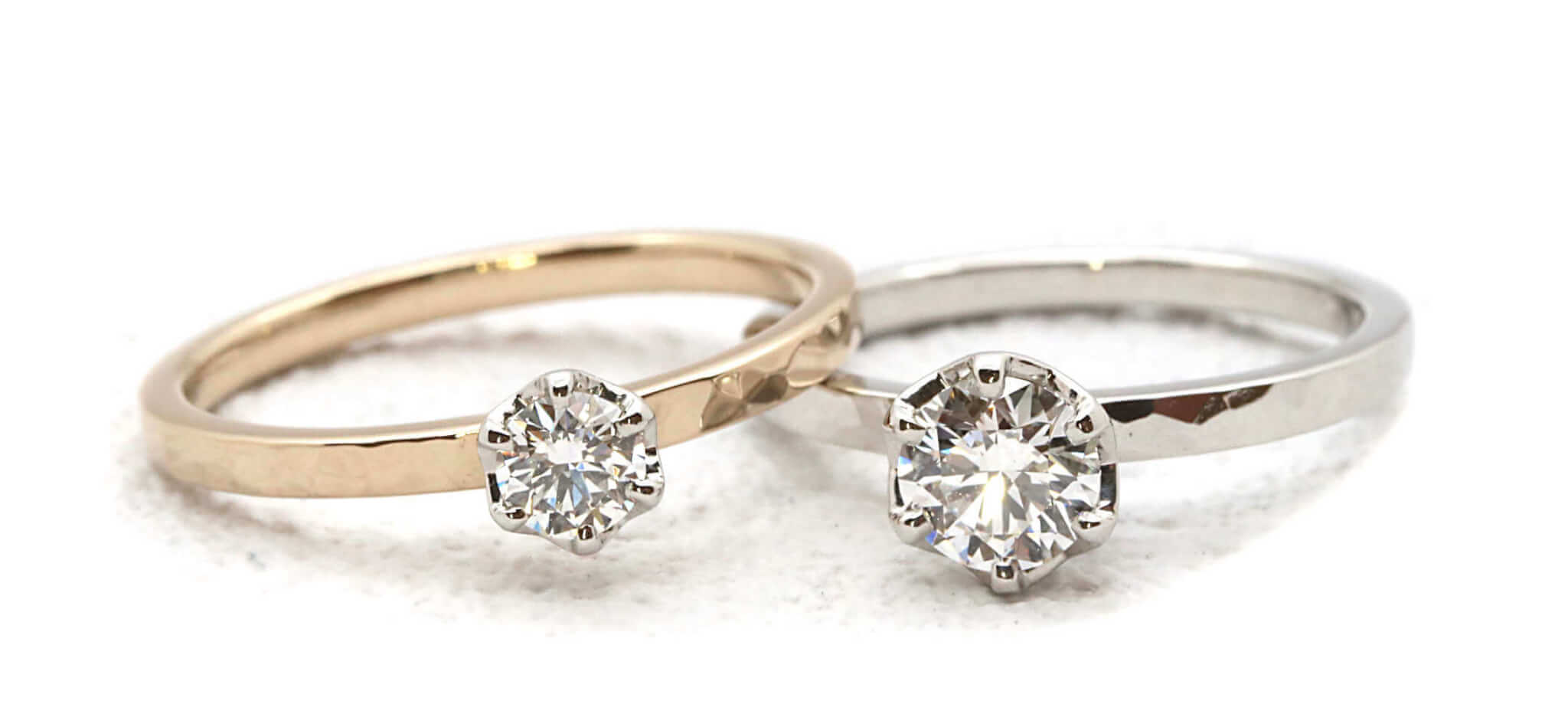Peridot, a refreshing green gemstone, shines coolly even under the summer sun. Here we would like to talk about the birthstone for August, peridot.
Peridot, a fresh pale green gemstone
Peridot is the birthstone for August, the same as spinel and sardonyx (third onyx).
Its Mohs hardness is 6.5~7, and its toughness is 6, making it a relatively soft stone.
Periwinkle" means a tall evergreen tree in the family Peridotaceae, and is often mistaken for an olive tree because of its similarity. The person who named it may have mistakenly given it this name, thinking of an olive tree. Peridot is an attractive stone with a fresh olive green color.
The most commonly mined colors are greenish yellow to yellowish green to yellowish green and brownish green.
Basically, peridot with a strong olive green color and high transparency fetches the highest prices.
Peridot is also the gemstone that celebrates the 15th wedding anniversary.
History of Peridot
The name peridot is derived from the Old French word "peritoto" meaning gemstone, from the Arabic word "faridat.
In fact, peridot took a long time to be recognized as a gemstone after its discovery by mankind, and was often mistaken for other gems such as topaz and emerald until around the 17th and 18th centuries. Therefore, it was called "topaz (topazion)" before it took the name of peridot.
The reason is that peridot was mined along with topaz from Topazios Island (now Zabalgat Island, English name St. John's Island) in the Red Sea in Egypt, from which topaz gets its name, and the climate around the island was unstable and always foggy, making mining difficult. The stones were collectively called "topazos," which means "to seek" in Greek. It is also said that the name was confused because gemology was not so well developed in the old days.
The 200-carat gemstone adorning the Temple of the Three Saints, kept in the Cologne Cathedral in Germany, was thought at the time to be an emerald, but it is actually a peridot.
In fact, it is said that the emerald that belonged to the famous Cleopatra may have been a peridot.
Peridot was called the "sun stone" in ancient Egypt.
As mentioned earlier, peridot was first mined on St. John's Island in the Red Sea in Egypt. It is believed to have been mined by local Egyptians at that time. It is said that peridot, with its high refractive index, was so called because of the way it shines and sparkles when light is captured.
Peridot, also known as the "evening emerald," was highly popular in Europe. This is because peridot is more reflective than other gemstones against artificial lighting such as candles and lights in the dark skies of evening and night.
This is because peridot has the property of birefringence, and its birefringence is higher than that of other gemstones such as rubies and sapphires. Artificial light is captured inside the gemstone and reflected in complex ways, producing a strong luminance.
The name is very attractive, but in fact peridot and emerald are completely different stones, so you need to be careful when purchasing.
Peridot as a mineral
Peridot's yellow-green secret
Next, I would like to discuss peridot as an ore in some detail.
Peridot is the trade name and the mineral name is "olivine.
Olivine is a mineral formed by mixing forsterite and phyllite, which are the main minerals found deep in the earth's crust and in the upper mantle. The higher the forsterite content, the more yellowish green to greenish, and the higher the fireite content, the more brownish, blackish, and austere the color.
Olivine contains iron and magnesium, and the iron in the olivine causes the yellowish-green color typical of peridot. While ores are usually colorless and transparent, and often have color due to impurities, the yellow-green color of peridot is the ore's true color.
Peridot is produced by magma in the mantle layer deep underground. It is then pushed to the surface by eruptions and tectonic movements, and can be mined.
Peridot sandy greensand beach
On the southern side of the Big Island of Hawaii, the largest island in the U.S. state of Hawaii, there is a sandy beach made of microscopic peridot grains, commonly known as "Green Sand Beach (official name Mahana Bay). In the local language, it is called "Papakolea (breaking waves)," named after the plover that inhabits the area.
Peridot pushed to the surface by volcanic eruptions are washed by waves along with lava, becoming fine grains that form sandy beaches, creating a mysterious pale green landscape.
The scaffolding is not very good as the nature has been maintained in an almost untouched state by humans, and as the name of the site suggests, the waves are relatively high, so it is not suitable to take small children there.
Also, it is prohibited to take sand from the beach home.
The road to the beach is not well maintained and there are no sightseeing tours, so it would take a lot of effort to actually visit the beach, but I would like to see it with my own eyes at least once. The peridot is called "green crystal" and is sold as a souvenir in some areas.
Peridot from outer space
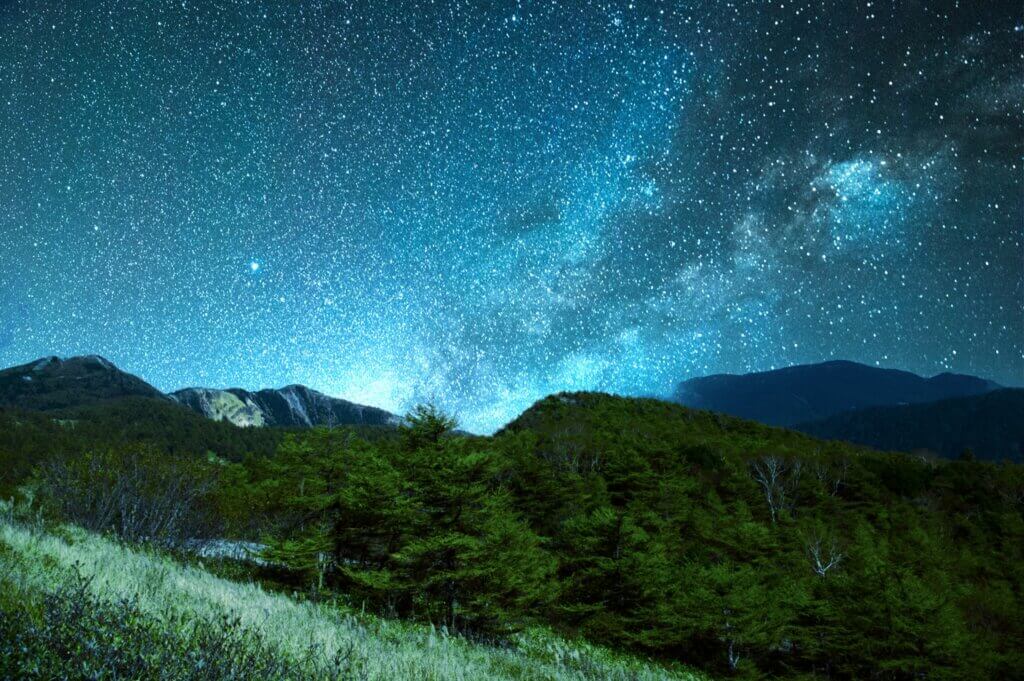
Peridot comes from the United States, China, Vietnam, Finland, Pakistan, Myanmar, etc. Some peridot came to earth from space on a meteorite.
Among meteorites that fall to the earth, there is a meteorite called "parasitic meteorite," which contains many minerals consisting of iron-nickel alloys and silicates. This is a very rare meteorite, with only about 21 TP2T of the entire meteorite, from which peridot has been found.
The parasite meteorite was named after the German scholar Peter Simon Pallas, who in the 1770s announced that the mineral was a meteorite.
The majority of this meteorite is dotted with peridot, like raindrops on water, with iron and nickel alloys filling in the gaps.
The peridot of the parasite meteorite has a beautiful candy color, which is the result of the discoloration caused by the burning of the meteorite as it fell to earth.
In 2005, there was a report that peridot was also found in cometary dust brought back by the Stardust Robot space probe.
Peridot is a less well-known color stone than emerald, ruby, or sapphire, but it is a stone with a mysterious charm that is not limited to the earth.
Workshop of handmade jewelry MITUBACI with peridot
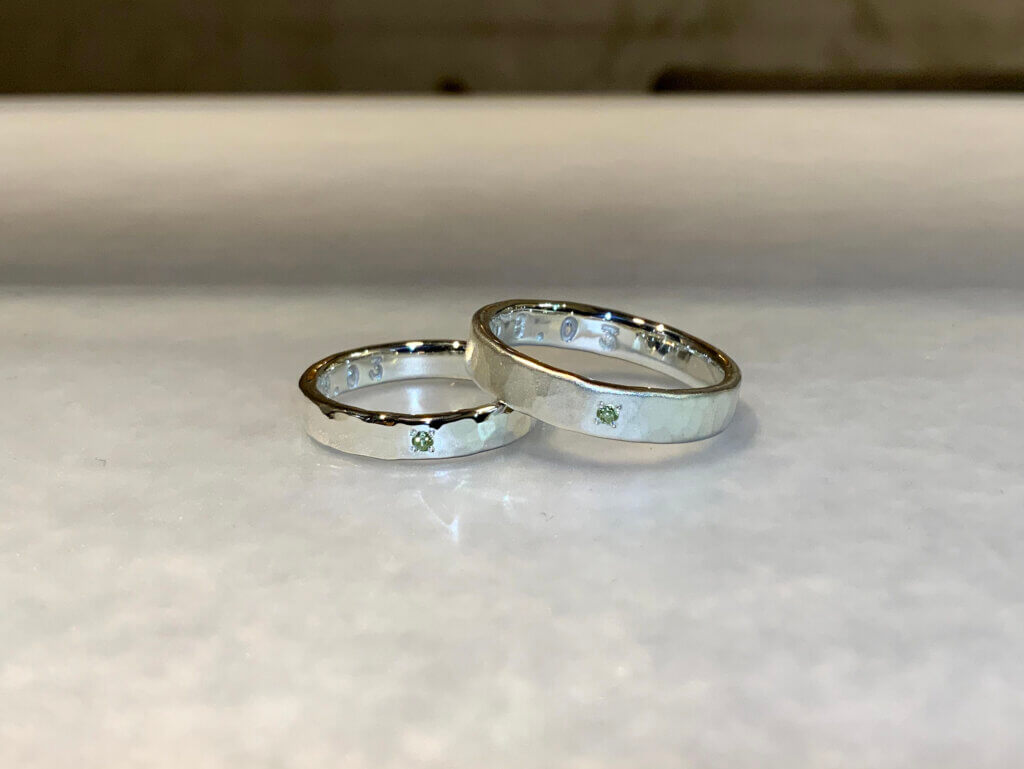
At MITUBACI, the fascinating gemstone peridot can be fastened to rings, pendants, bangles, and necktie pins that are made in our workshops. In addition, our artisans carefully craft birthstone rings using large stones that allow you to strongly appreciate the beauty of their olive green color. It has an eye-catching volume that is recommended as a gift.
The evening emerald, as its name suggests, will be as beautiful as any other stone at dinner or on a night out.
At MITUBACI, our craftsmen carefully fasten each natural, untreated peridot after seeing and judging it with their own eyes.
If you are interested, why not visit?
